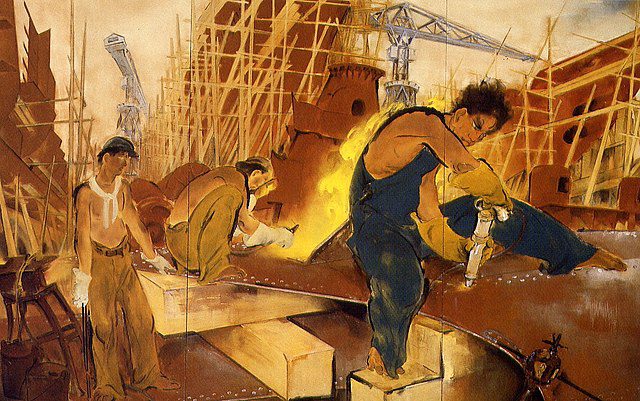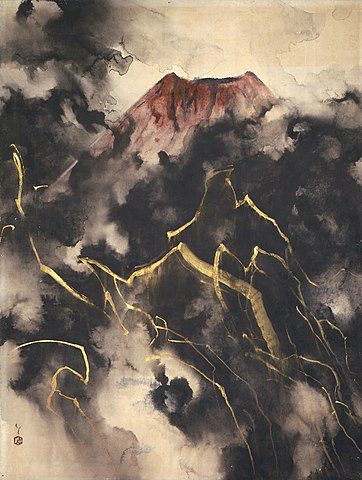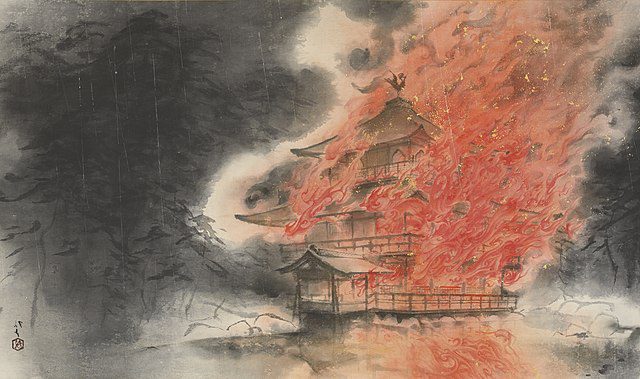Kawabata Ryūshi and Japan art: Buddhism
Lee Jay Walker
Modern Tokyo Times

Kawabata Ryūshi (1885-1966) was born in Wakayama City. He moved to Tokyo in 1895 when still very young. Therefore, the rich cultural traits of Wakayama – near holy Buddhist areas including Koyasan, Nara, and Negoro-ji – entailed the importance of culture from a very young age.
At first, Ryūshi focused on literature and poetry. He studied under Kawabata Hoja. However, he soon took to art and developed the illustration angle of his early work.

Ironically, his visit to America had the opposite artistic effect. He traveled to America to focus on Western-style art. Yet, after visiting the Boston Museum of Fine Arts, he witnessed the artistic beauty of Nihonga art and changed direction.
His wife and son’s death entailed Ryūshi going on a holy Buddhist pilgrimage to Shikoku. Coming from Wakayama, Koyasan and Negoro-ji have a rich connection with the Buddhist monk Kukai (Kōbō Daishi). Therefore, the Shikoku Pilgrimage (Shikoku Henro – 88 holy Buddhist places) was natural for Ryūshi given the connection of the Buddhist monk Kukai.

Ryūshi finished the entire Buddhist pilgrimage of visiting all 88 holy Buddhist places after six years. One can only imagine the solace this brought him. Therefore, the Buddhist temples of his early childhood in Wakayama remained within his artistic soul.
The Buddha said, “There are only two mistakes one can make along the road to truth; not going all the way, and not starting.”

PLEASE DONATE TO HELP MODERN TOKYO TIMES
Modern Tokyo News is part of the Modern Tokyo Times group
http://moderntokyotimes.com Modern Tokyo Times – International News and Japan News
http://sawakoart.com – Sawako Utsumi’s website and Modern Tokyo Times artist
https://moderntokyonews.com Modern Tokyo News – Tokyo News and International News
PLEASE JOIN ON TWITTER
https://twitter.com/MTT_News Modern Tokyo Times
PLEASE JOIN ON FACEBOOK